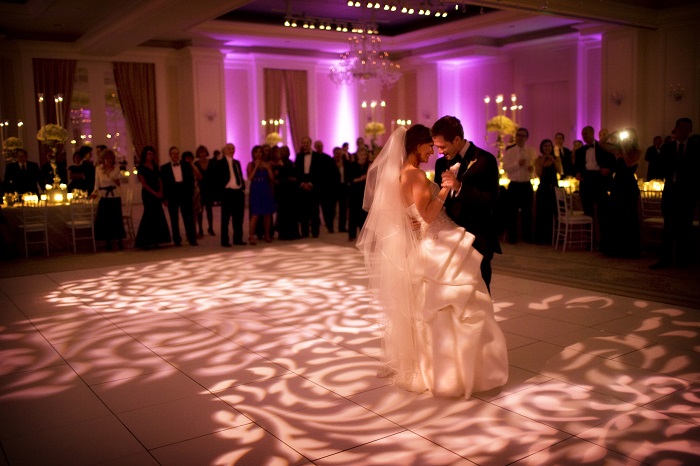
03 Aug Rock Steady: Tips for Capturing Beautiful Photos in Low Light, Without Flash!, by Competition Judge Andrew Niesen
Sometimes you get lucky. Sometimes nature gives you perfect ambient light. You know the serendipitous moments I’m talking about – late afternoon light filters through low-hanging clouds and casts a warm glow over the family you’re photographing. Other times, you’re not so lucky! You’re stuck indoors due to rain, or have a family who’s insistent on capturing portraits in a favorite room in their home that’s got few windows.
In many of these challenging situations, you may not be able to use flash or supplemental lighting. Maybe it would be too disruptive to the kids in your photos? Or maybe you just don’t like the look of flash.
There is one sure-fire way to capture beautiful photos in low light, without the use of flash: embrace slow shutter speeds!
It can feel scary shooting at slower shutter speeds like 1/15 or 1/20 of a second (or even slower!). But you can do it if you have the right tools and techniques. Here’s how you can take advantage of slower shutter speeds and master the techniques required to capture beautiful photos.
1) Use a monopod or tripod. By planting yourself firmly and steadying your camera and lens using a monopod or a tripod, you enable yourself to use slower shutter speeds without risking too much shake or blur. Remember, the floor is steadier than you are!
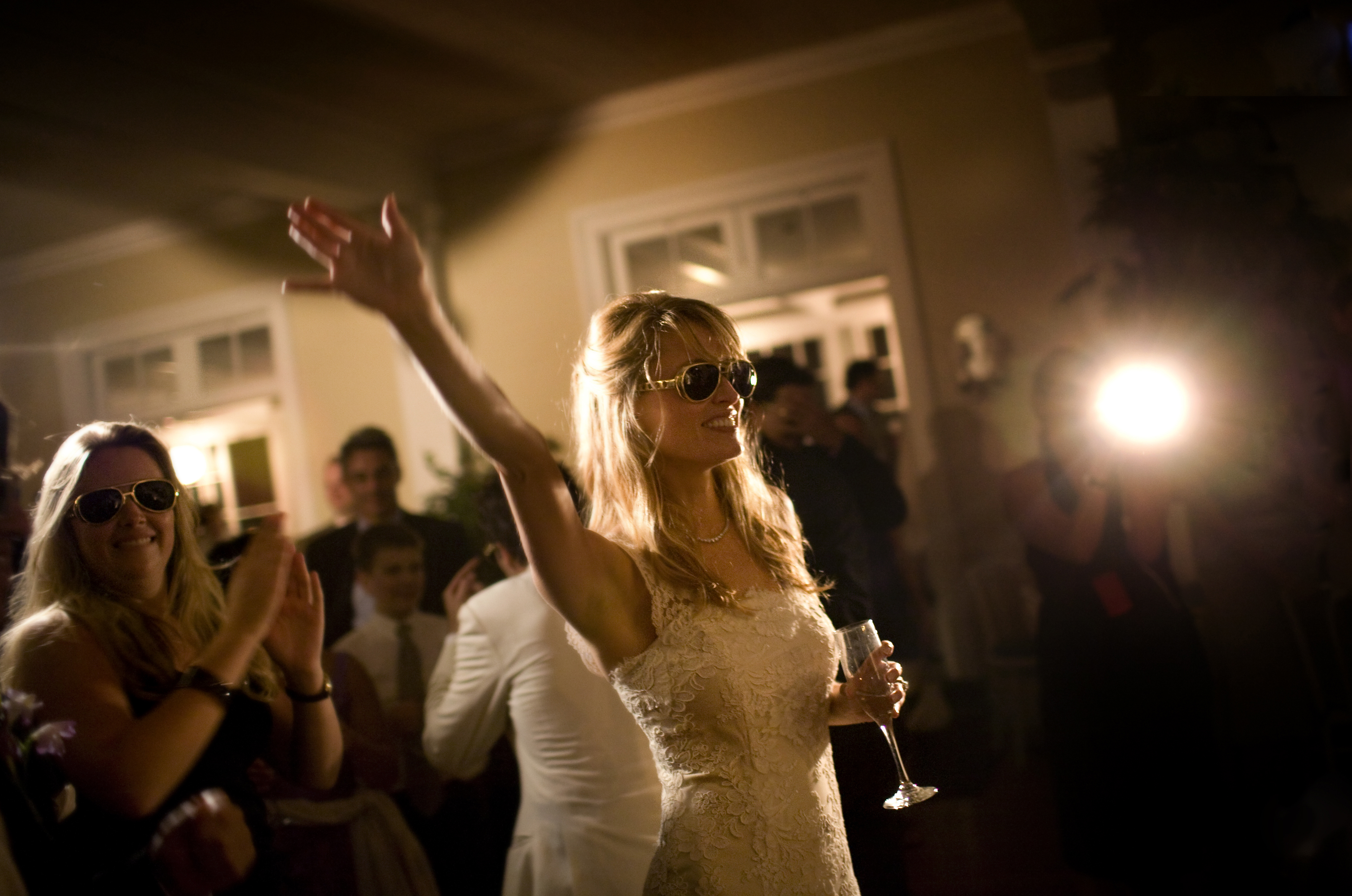
2) Steady your body. If you don’t have a tripod or monopod handy, and are shooting handheld, you should try to steady your torso and arms. Bend your knees slightly, pull your elbows in toward your sides, and draw your hands toward your chin.
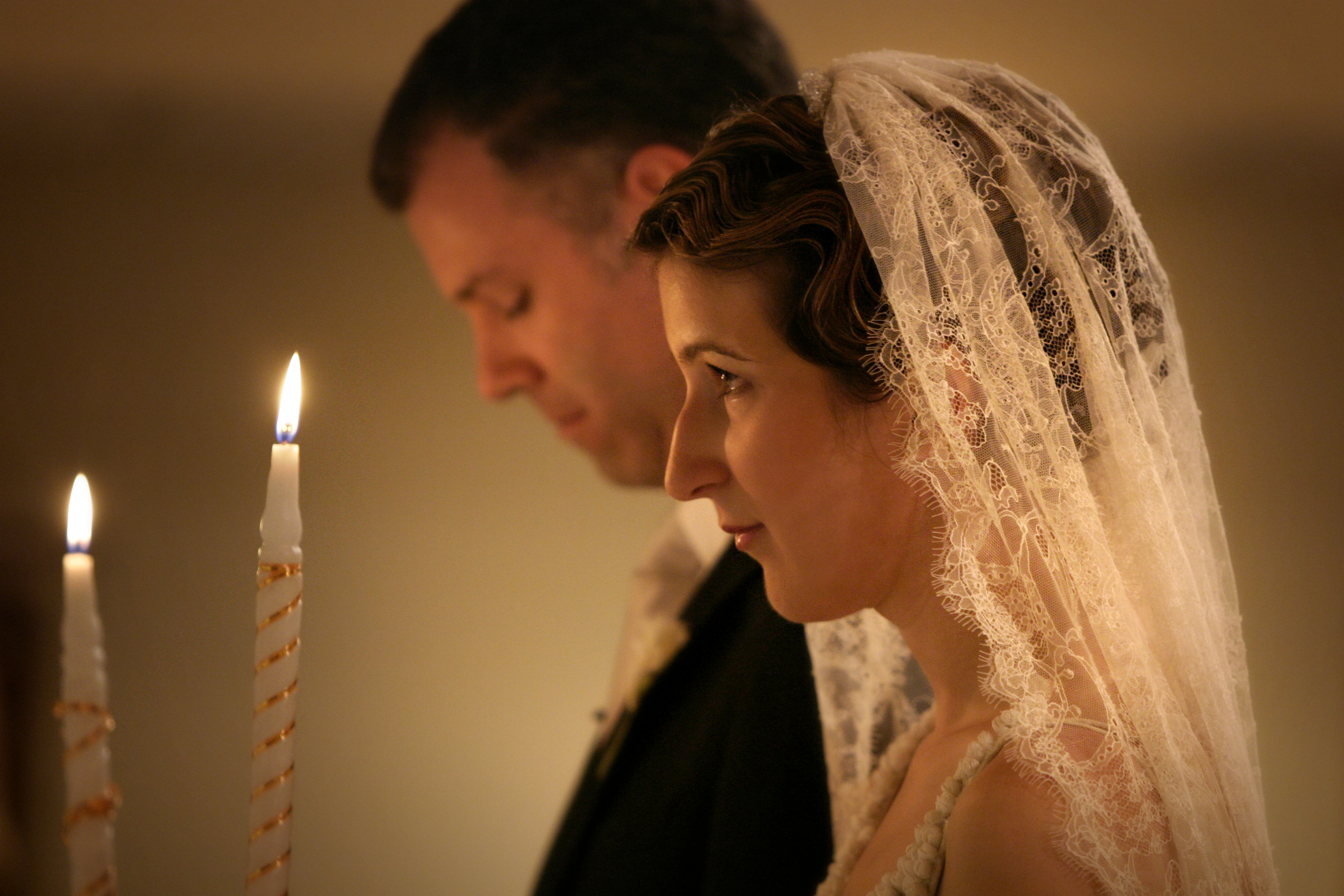
3) Squeeze the shutter release. Use steady motion when releasing the shutter, and avoid jerking the camera when making the exposure. It’s simple, but it helps you stay steady and avoid any shaking.
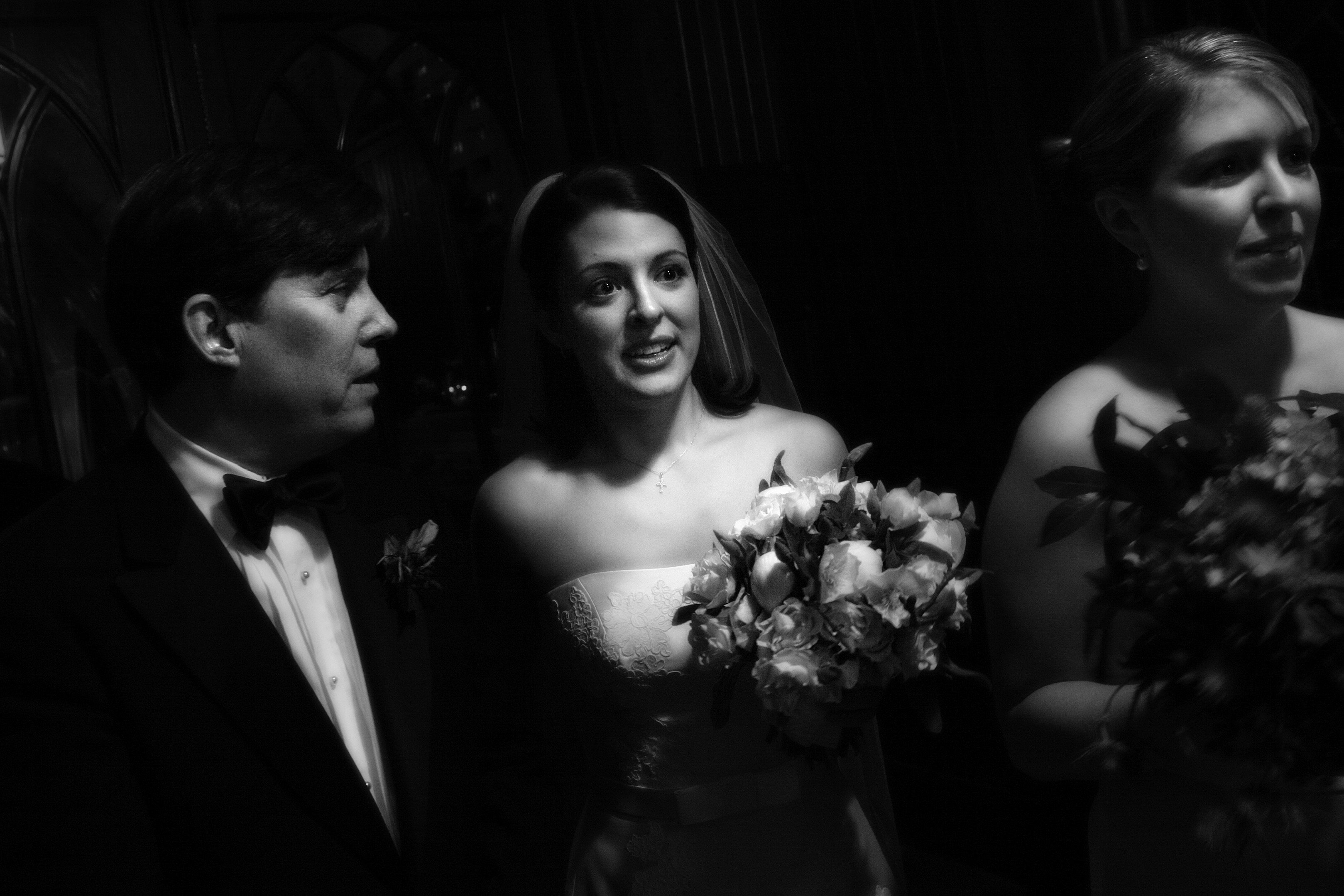
4) Shoot repetitive frames in rapid succession. The slower your shutter speed, the lower the percentage of sharp photographs. You can counteract this by shooting more pictures, which ensures that at least one sharp frame will result.
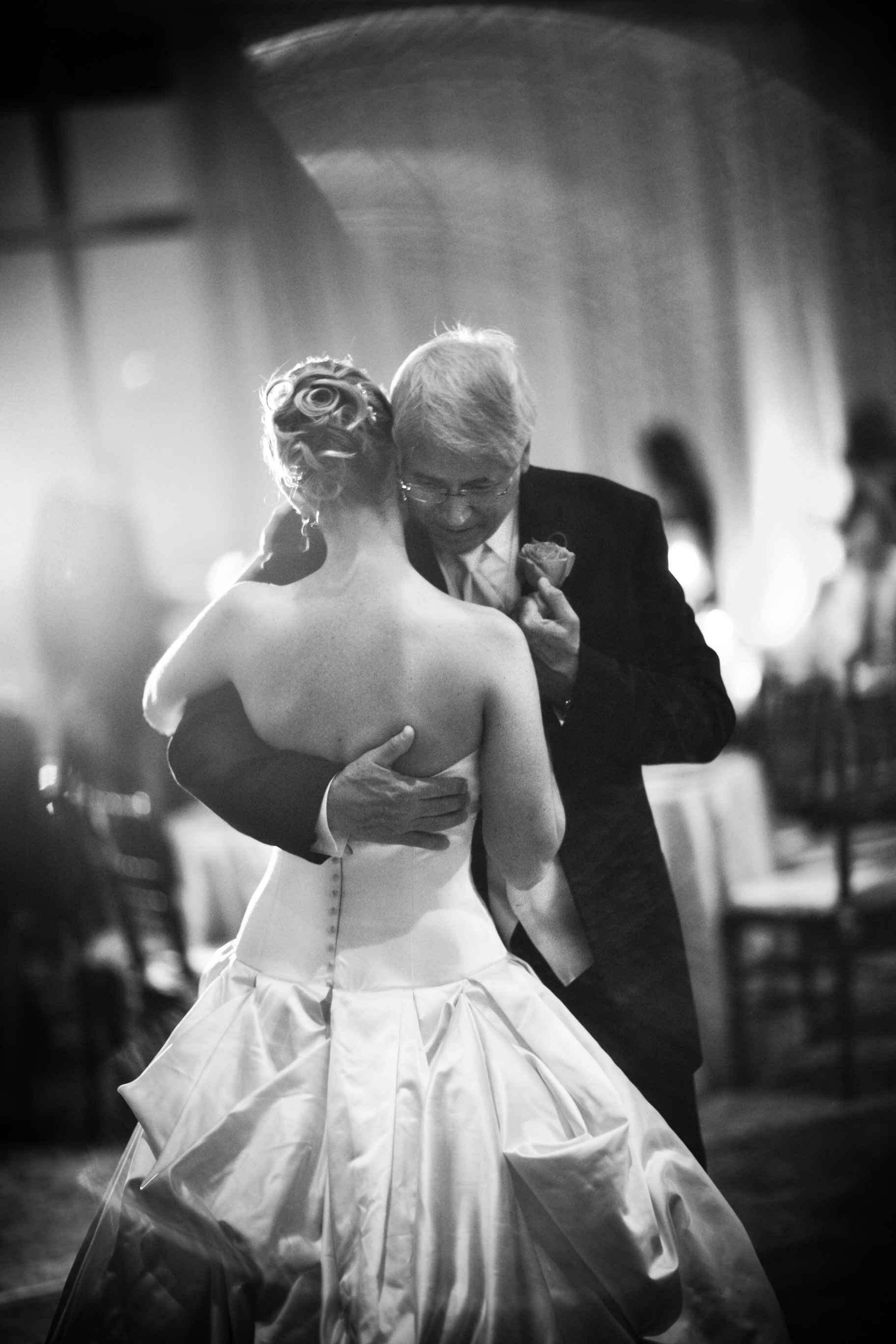
5) Control your breathing. It sounds funny, but it really works! Try hold your breath during the exposure. Don’t forget to exhale after you shoot the photo.
6) Invest in fast glass. The faster your lens, the higher your shutter speed. Consider amazing portrait lenses like an 35/1.4, 85/1.2 or 135/f2. I even love using a 200/1.8 for slower shutter speeds, as long as I have a monopod handy! You can often find these gems of lenses used on eBay or at KEH.
7) Invest in IS/VR lenses. Most newer model, professional lenses come with an option for “Image Stabilization” (Canon) or “Vibration Reduction” (Nikon) technology. By using Image Stabilization, you can easily shoot at shutter speeds down to 1/8 of a second with sharp results. It’s incredible and you should take advantage of the technology you have at your disposal!

8) Try shooting wide. Telephoto lenses actually amplify your body’s shake. If you can get closer to your subject without being disruptive, you should try shooting with a wider-angle lens to minimize the effect of unsteadiness. A good rule of thumb is to not let the shutter speed drop below the lens’ focal length (50mm lens = 1/60 sec; 20mm lens = 1/15 sec).
Trying these techniques on your next challenging, low-light photo shoot will give you ample opportunities to capture beautiful images that are unique and show off your skills as a professional photographer.
Andrew developed a passion for photography as a curious – sometimes mischievous – kid in St. Louis. Shooting for local newspapers led him to pursue photojournalism. At the Missouri School of Journalism, he focused on photography and interned at five newspapers. Combining his love of visual communication with his innate curiosity about human relationships, Andrew rounded out his college experience with a second major — anthropology — studying cultural variations of different groups of people. These skills come into play as a photographer who has spent decades focusing on storytelling and relationships. His love of photographing real people experiencing beautiful life milestones led him to co-found LaCour, a wedding photography studio in Atlanta, which was the parent studio of The Decisive Moment, a studio that is still operating today. His journey as a photographer has been personally and professionally rewarding, mostly because it’s allowed him to document the joy of family. When he’s not shooting, Andrew plays a role as a software designer and saves up for far-flung trips with his wife, Rachel. They are expecting their first child this Fall, a little boy who will surely be photographed quite a lot by his parents!
Links to Andrew’s other work, if you’re curious to get a glimpse into his vision:
http://www.savefamilyphotos.com
http://photo.andrewniesen.com/
http://www.lacour-niesen.com




No Comments